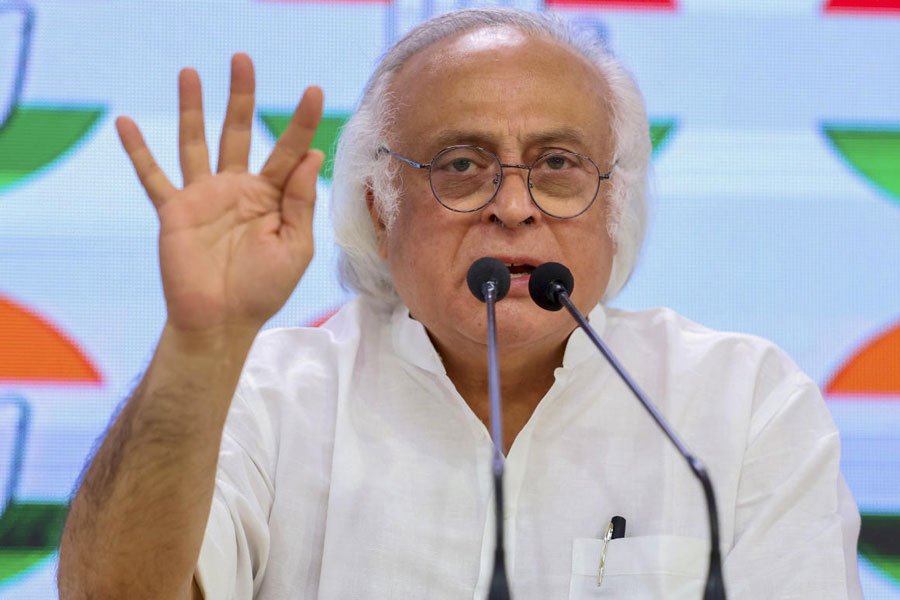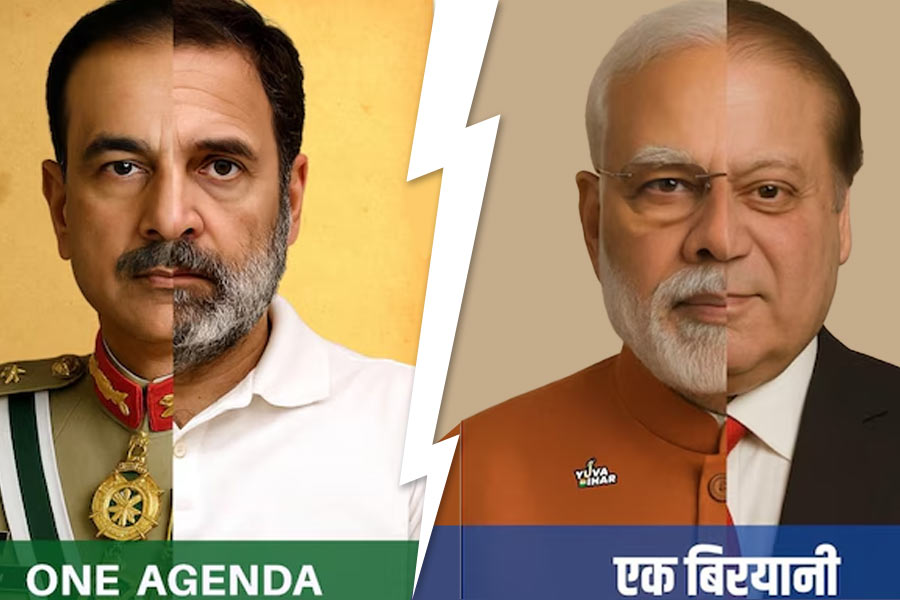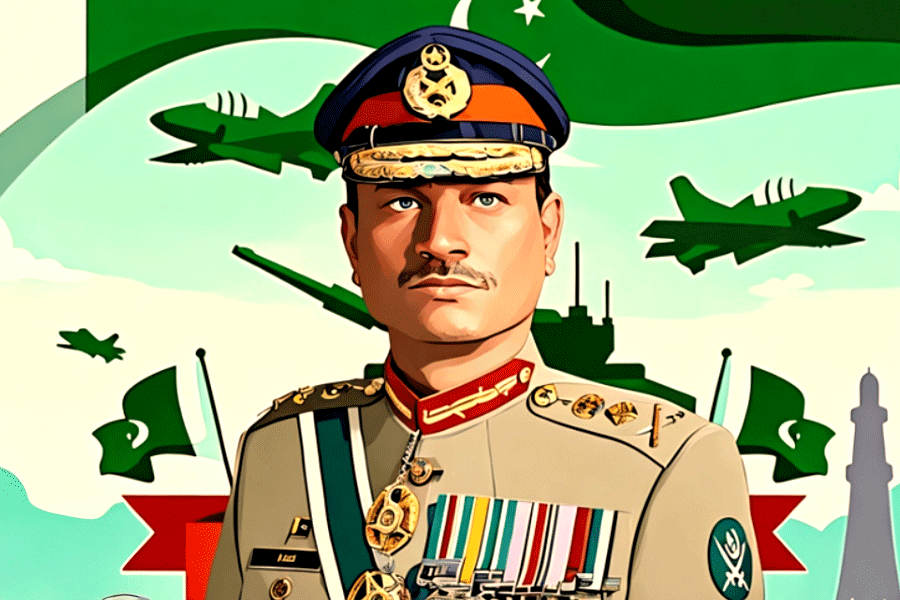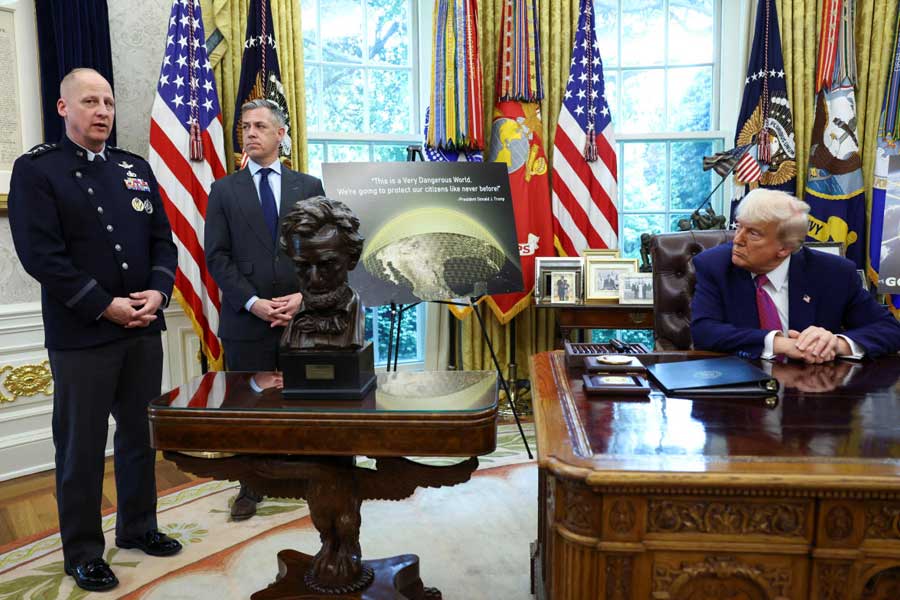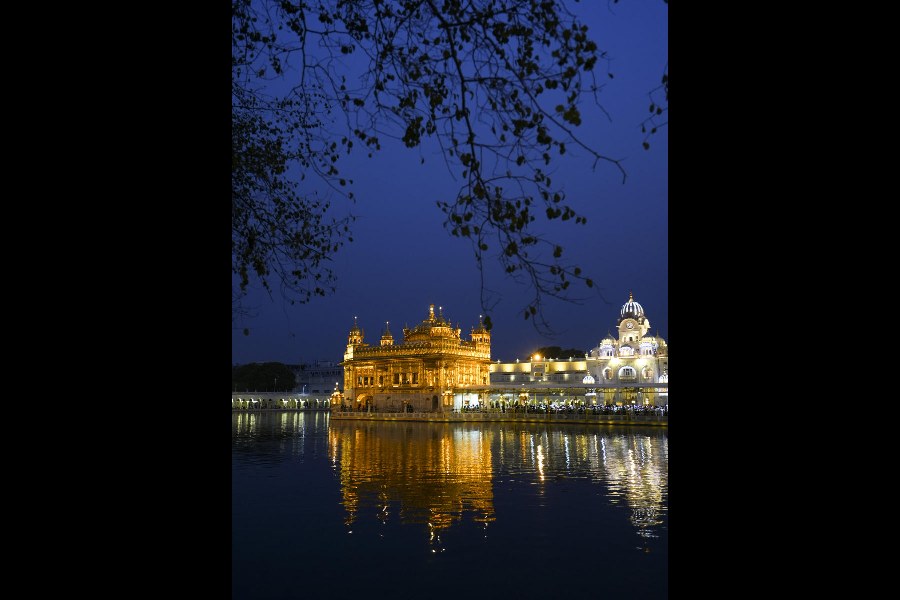The king of hobbies is running short of subjects. Worried at youngsters not flipping for philately, the postal department and the trading community are undertaking serious efforts to revive interest and work up the numbers.
“China has 2 crore registered stamp collectors. In comparison, India has less than 50,000 and the figure is not growing,” states Madhukar Jhingan, a Delhi-based writer on philately. Jhingan was in town to attend a stamp fair organised by the Indian Philatelic Traders’ Association (IPTA). The attendance at the two-day fair at Charnock City put a stamp on the moribund scenario. Dealers had flocked from far corners — Allahabad to Aligarh — with their ware. “Though business was good, we would have liked to see more retail buyers,” was the common cry.
The fair organisers as well as the postal department top brass are aware of the situation. “The 8-to-14 age group is too taken with the Net to find time for anything else,” feels a senior official at Yogayog Bhavan. IPTA secretary Kalyan Negal places the trend in a global perspective: “There was a recession in stamp collection in the 70s. But postal departments in developed countries, mostly private bodies, read the danger signals and launched aggressive marketing to attract new collectors. Things looked up in the late 80s, but India missed the revival bus.”
“An entire generation has passed by which was not exposed to stamps,” adds Jhingan. Though belated, there are signs of a shake-up. The department of posts has got 10 of its employees trained in a philately course launched at Jadavpur University in December 2002. They are now visiting schools to promote philately. “We want to catch them (collectors) young,” says Gautam Bhattacharya, director, postal services, headquarters, West Bengal postal circle.
This way, they not only get to know about the benefits of collection and how to go about it, but also about existing schemes like philatelic deposit accounts, whereby collectors can receive new stamps sent from the GPO’s philatelic bureau. Exhibitions are also being held regularly in the districts, with Kalimpong, Howrah and Behrampore on the 2003 roster. “We plan to have vans acting as mobile museums parked outside schools during the workshops,” Bhattacharya adds. Another popular peg is the National Postal Week from October 9 to 15, when amateurs till the age of 17 are asked to design a stamp. The best entry is printed as the Children’s Day stamp.
Earlier, expenses on philately promotion were part of the Centre’s non-planned expenditure. “Since 2000, it is part of the Union budget allocation. This August, a manual has been issued from Delhi with clear-cut directives on how to utilise the money,” Jhingan informs. Stamp collection is also receiving a fillip from a recent shift in policy. “On the one hand, printing quality has improved with the government using the services of private presses as well. On the other, popular personalities who died recently are being made subjects of stamps. This year’s issues on Kishore Kumar and Dhirubhai Ambani have generated a lot of interest,” says Negal.
Stamp-collectors bring good business, smiles Shafiq Khan, a dealer from Kanpur who attended the fair. “The department gets paid without providing the services.” But the trading community is not willing to leave it all to the department. “We are planning awareness drives of our own,” reveals president P.C. Jaiswal. Stamp shows are being held on the first Saturday of the month at Rotary Sadan to provide a platform for interaction to philatelists.


